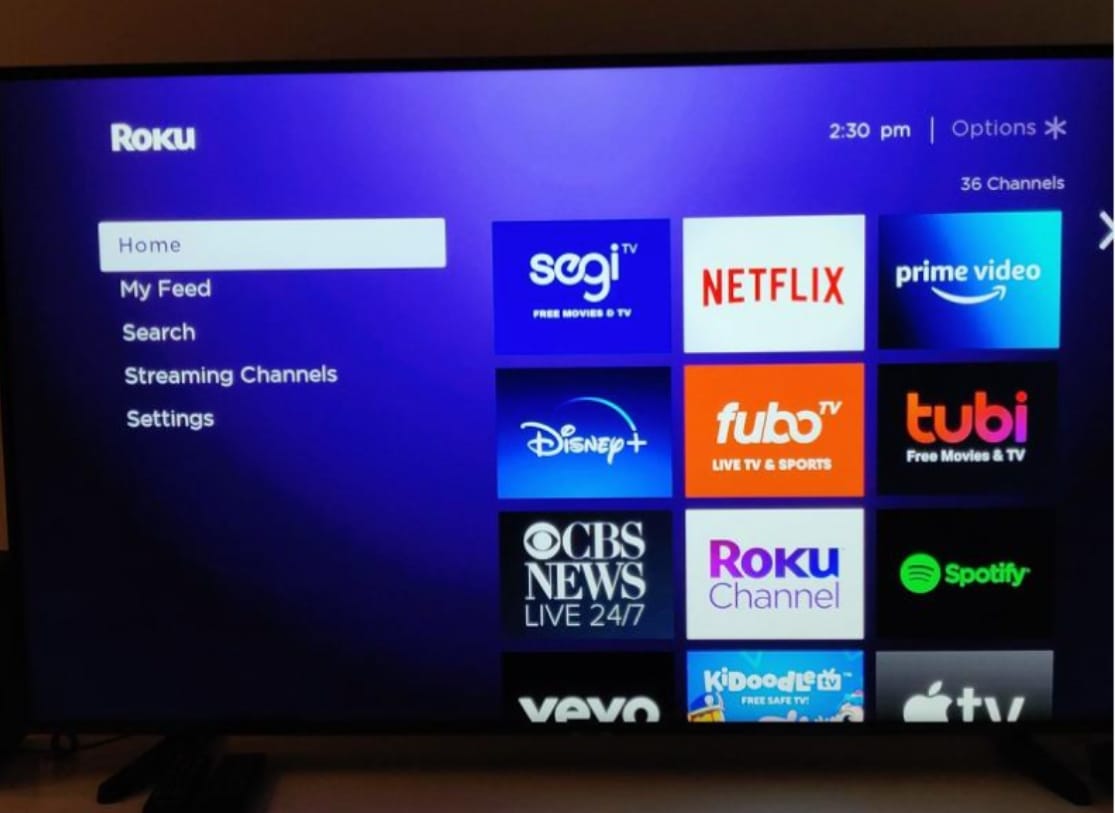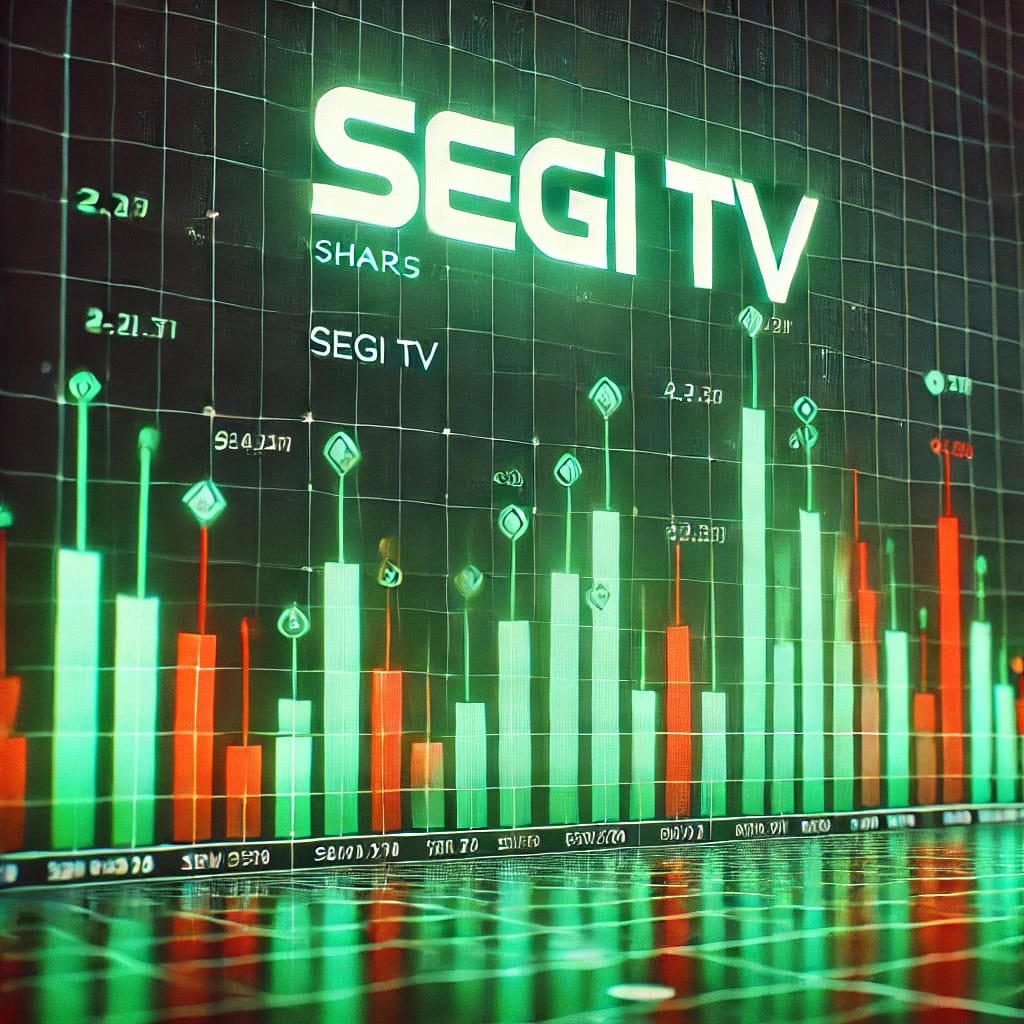SEGI Shares History.
Sycamore Entertainment Group, Inc. (SEGI) is a publicly traded company involved in the entertainment industry, focusing on the acquisition and distribution of films under the supervision of Edward Sylvan. The company gained significant attention following its reverse merger with IMRX Therapeutics and its shift into the entertainment industry and later SEGI TV, a streaming platform offering socially conscious and diverse content. Below, we’ll explore the history of SEGI shares, their price movement, where it trades, and the dynamics of trading sub-penny stocks.
SEGI Shares Price History.
In 2010, Sycamore Entertainment Group completed a reverse merger with IMRX Therapeutics, a development-stage biotechnology company. Reverse mergers are a strategy often used by private companies to go public without the complexity of a traditional initial public offering (IPO). In this case, Sycamore Entertainment Group was able to merge into IMRX Therapeutics and, through this process, and under a new ticker symbol, SEGI, the company was able to move from biotechnology to film distribution and media.
This reverse merger allowed Sycamore Entertainment to become publicly traded through leveraging the public status of the former IMRX Therapeutics. For investors, reverse mergers often present great opportunities, but they also carry risks, as the financial details of the private company may not always be fully disclosed at the time of the merger.
In SEGI’s case, the reverse merger provided an avenue for the company to enter the entertainment industry and subsequently launch its digital streaming platform SEGI TV.
SEGI shares, like many sub-penny stocks, have experienced significant volatility over the years. Initially, following the reverse merger with IMRX Therapeutics, SEGI shares traded at very low levels, with prices typically below $0.01 per share. As a sub-penny stock, SEGI is traded in the OTC (over-the-counter) markets with limited liquidity.
Early Trading Period: In its early years post-merger, SEGI shares saw sporadic interest and traded at fractions of a penny, hovering between $0.001 and $0.0003 per share. This period reflected the challenges faced by the company as it transitioned from a biotech company into a media-focused entity. Investors showed caution, given the lack of significant revenue or market traction in the early stages of SEGI’s evolution.
2020-2021 Price Surge: The most significant price action occurred during 2020 and early 2021. With the launch of SEGI TV and the rising popularity of streaming services along with some announced deals, SEGI shares saw renewed investor interest.
As SEGI TV gained traction and as speculative interest in penny stocks surged, the share price rose dramatically. SEGI shares briefly surged above the $0.10 mark, peaking at around $0.15 during periods of high trading activity in early 2021 giving the company a market valuation of over $380,000,000.00. This rise represented substantial profits for early investors who had bought early and held on at the sub-penny levels.
However, SEGI shares eventually pulled back from these highs, following the natural volatility associated with sub-penny stocks. By mid to late 2021, the price had returned to sub-penny levels, trading between $0.005 and $0.02 as market enthusiasm cooled and the broader market turned its attention elsewhere.

Where SEGI Shares Trade.
SEGI shares are traded on the OTC Markets, formally the Pink Sheets, a tier of the over-the-counter market that includes the most speculative and lightly regulated stocks. OTC Market companies like SEGI are not required to meet the rigorous financial reporting and governance standards imposed by larger exchanges like the NASDAQ or NYSE.
For SEGI, this means that the company’s financial reporting can not be current for periods of time, which introduces additional risk for investors. OTC Market stocks, particularly those trading under $0.01, are also known for their lower liquidity, making it challenging at times for investors to buy or sell large volumes of shares without affecting the price.

The Nature of Trading Sub-Penny Stocks.
Sub-penny stocks are stocks that trade below $0.01 per share, and SEGI is an example of a company that has historically operated in this price range. While sub-penny stocks can offer dramatic percentage gains due to their low entry prices, they also carry substantial risks. Here are some of the main characteristics of sub-penny stock trading:
Volatility: SEGI shares, like most sub-penny stocks, are highly volatile. Price movements can be rapid and unpredictable, with shares sometimes doubling or halving in value within a single trading session. For example, SEGI’s 2021 surge from sub-penny levels to $0.15 demonstrates how quickly prices can change.
Liquidity Risks: Sub-penny stocks often suffer from low liquidity, meaning that there may not be enough buyers or sellers in the market to execute trades efficiently. This can lead to price slippage, where an investor’s buy or sell order significantly impacts the share price.
Lack of Regulatory Oversight: Trading OTC Markets means that companies like SEGI are not subject to the same level of scrutiny as companies listed on major exchanges. Investors must conduct thorough research, as there may be limited information available on the financial health or future prospects of the company.
SEGI shares, following their reverse merger with IMRX Therapeutics, represent a classic example of a sub-penny stock with both high risk and potential for significant returns.
Traded on the OTC Markets, SEGI has experienced extreme price fluctuations, especially with the launch of SEGI TV. Investors in sub-penny stocks like SEGI must be aware of the inherent risks, including volatility, liquidity challenges, and a lack of timley reporting, while also acknowledging the potential rewards that come with speculative investments.
